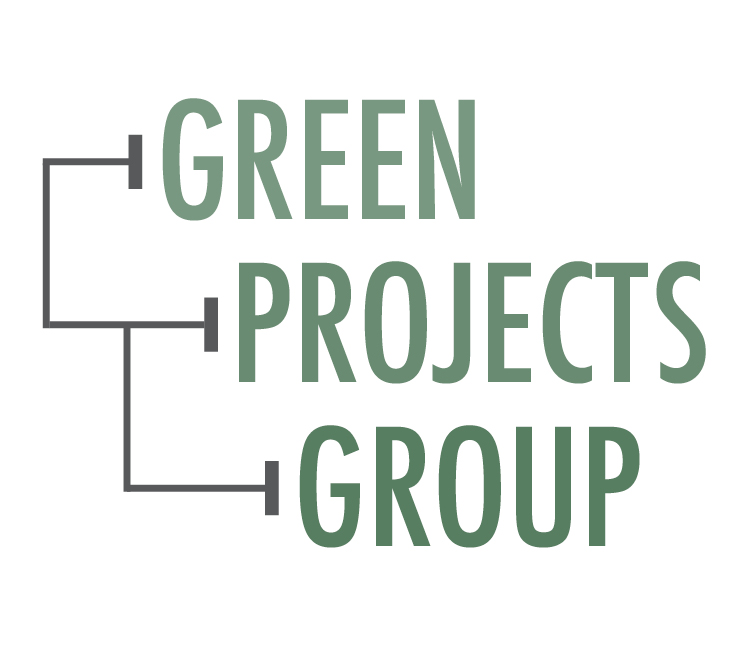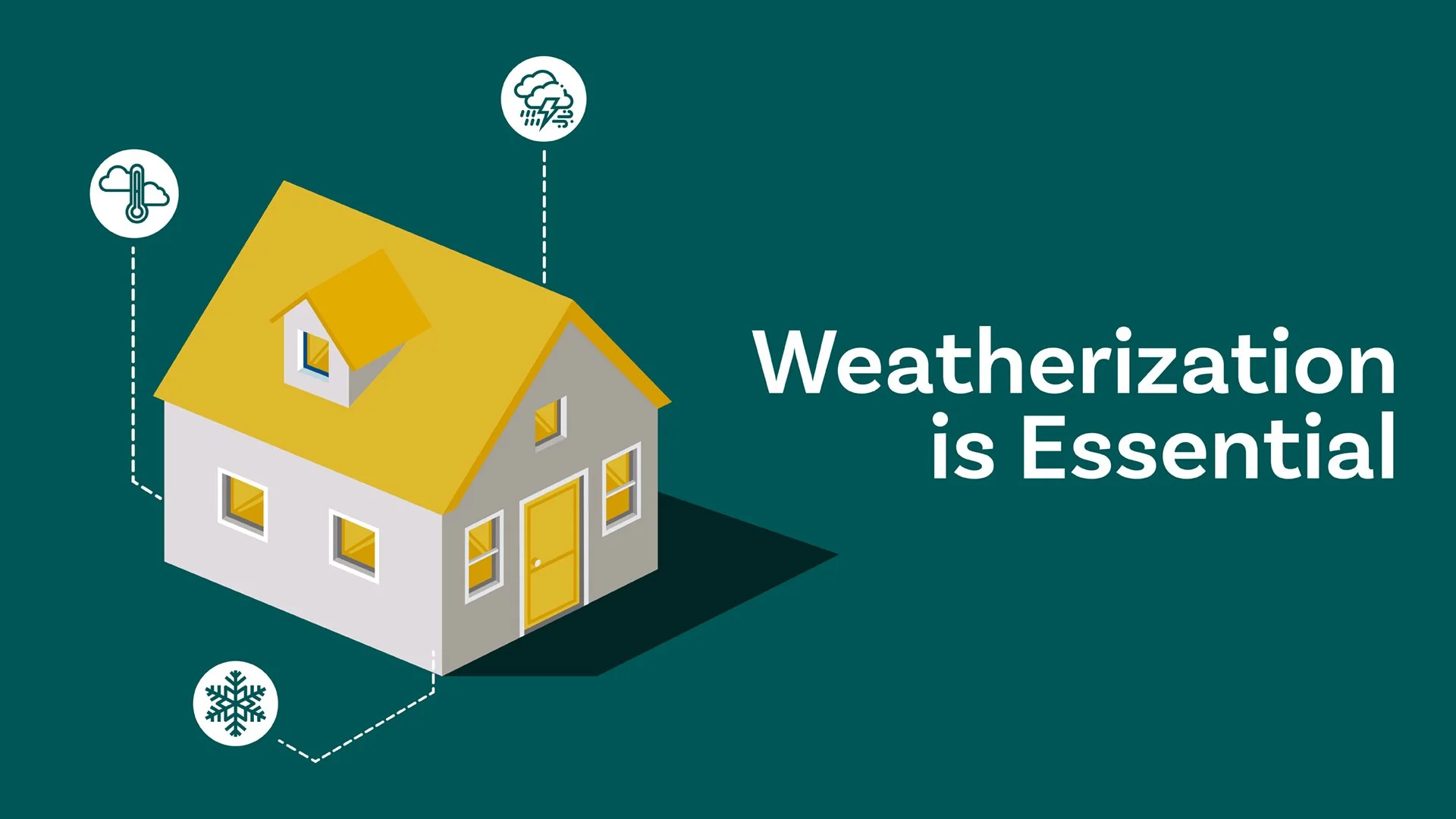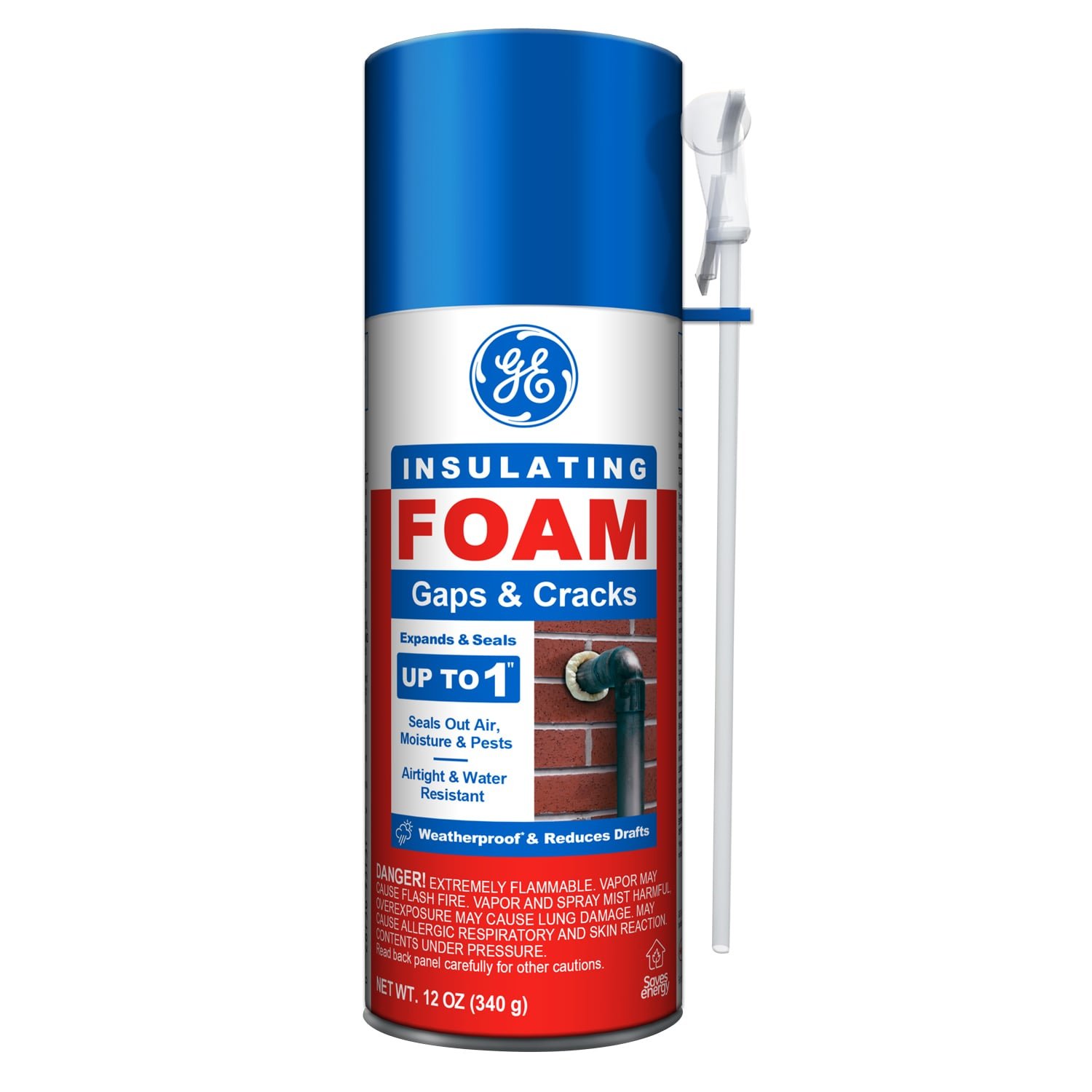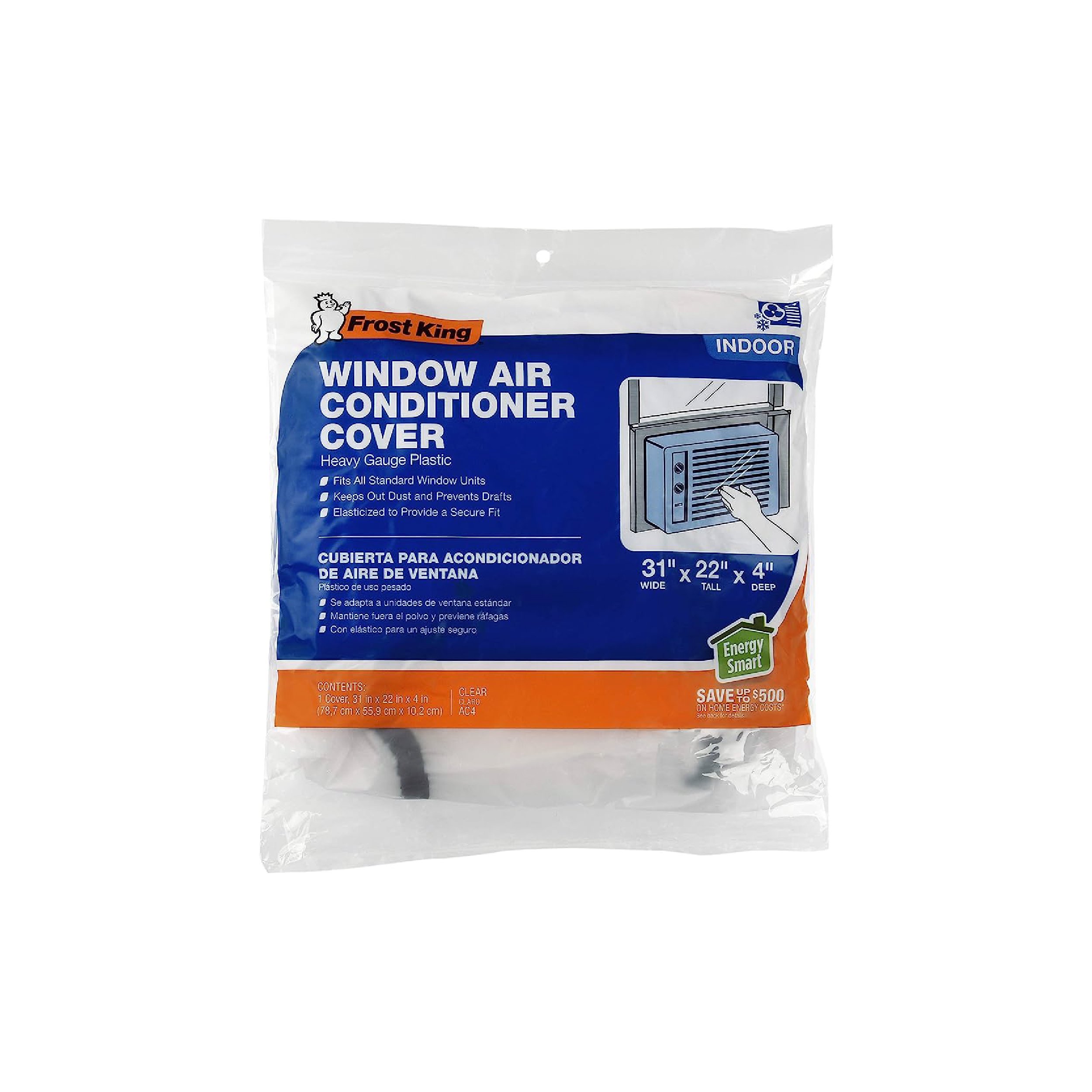Weatherization is Essential
Weatherization involves making improvements to your home's insulation, air sealing, and ventilation systems to reduce the amount of energy needed to heat and cool your home. Weatherization might sound boring compared to magical heat pumps, space-age induction cooking, and reliable, resilient solar panels, but it has to remain the cornerstone of residential electrification.
Improving your home's building envelope means that less energy is needed (gas and/or electric) to maintain a comfortable temperature, resulting in lower energy bills and less energy waste. Weatherization is often a necessary prerequisite to cost-effective electrification.
Weatherization is key for three reasons:
Your Bills
Who doesn’t love lowering their bills? Weatherization can help with that, whether you’re using gas or electric appliances. According to the Michigan Weatherization Assistance Program, "households that receive weatherization services can expect heating costs to be reduced 20 to 25 percent."
2. Your Electrification
Switching from gas to electric is crucial for lowering your bills, improving indoor air quality, and reducing our carbon emissions. But just switching to electric appliances isn’t as helpful without weatherization. Ready to hear something wild? Electrifying might lead to higher electricity bills if your home is not properly weatherized, even in a future high renewable energy scenario. By reducing your total need for energy, weatherization will make sure switching from gas to electric is cost-effective.
3. The Grid
In addition to saving money at the individual level for homeowners, weatherization plays a key role for the electricity grid. Because weatherization reduces the total amount of electricity needed, it also reduces the strain on the grid. During times of high energy usage (like extreme weather events), increased demand for electricity can lead to brownouts and blackouts. We can lower the risk of these outages by investing in energy efficiency.
More about the Electrical Grid
To be blunt, our current electric grid couldn’t handle all the electricity we'd need if we switched all our appliances to run on electricity today. According to inventor, author, founder and scientist Saul Griffith, even though we’ll need less than half of our current energy, our future electric economy will require three times the electricity that we currently use. How is that possible? The difference is in the efficiencies associated with using electricity instead of fossil fuels.
This is why weatherization is such an important part of the electrification conversation! As residential electrification and renewable electricity production march towards each other over the coming decades, weatherization can help to smooth out the uneven spots in supply and demand.
How and Why Weatherize?
By reducing the amount of energy needed to heat and cool homes, weatherization can help homeowners save money on their energy bills immediately, prepare homes for cost-effective electrification projects, and also reduce strain on the electrical grid. Investing in weatherization should continue to be a top priority for homeowners and policymakers alike as we work towards a more sustainable energy future.
challenge
Want to see how you could reduce your energy use based on the numbers? Complete a residential energy audit through GreenHome Institute!
SHOP
Green Projects Group is so passionate about weatherization we opened up our own little shop to get you simple products to make your home more energy efficient. Grab things like insulated pipe wraps, smart power strips, and furnace sealers all at https://shop.greenprojectsgroup.com/products.




